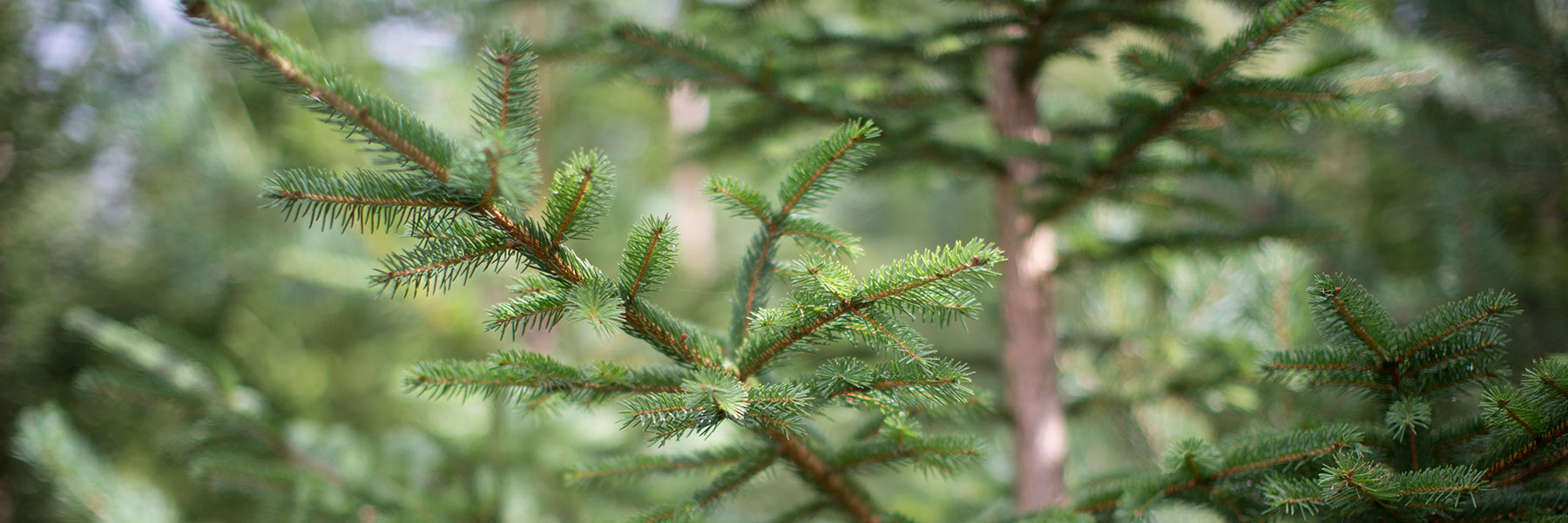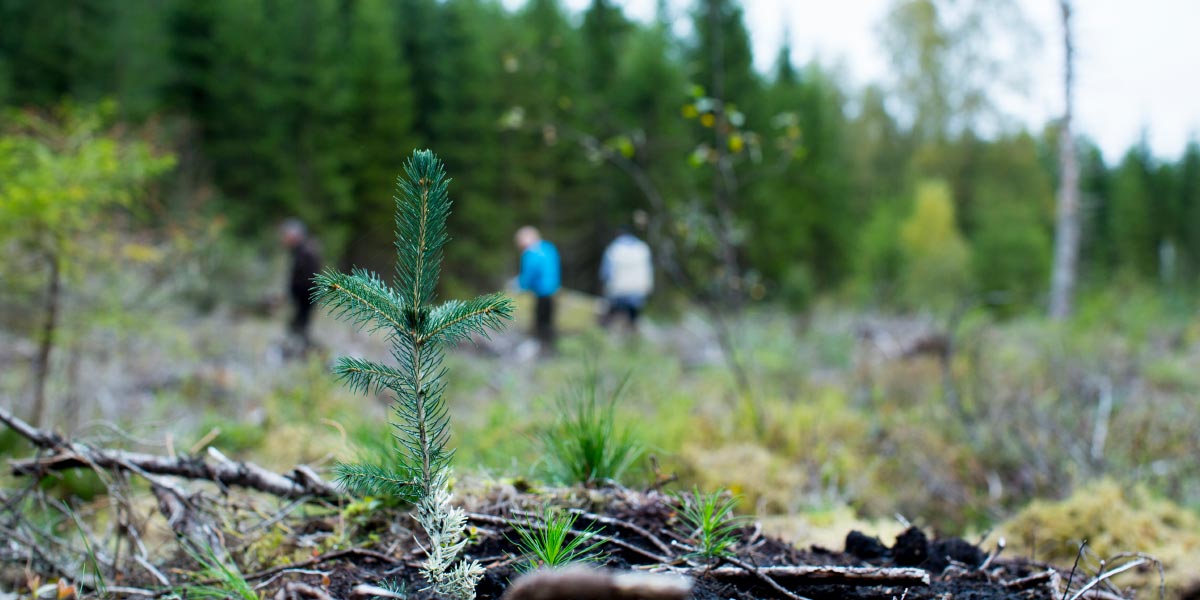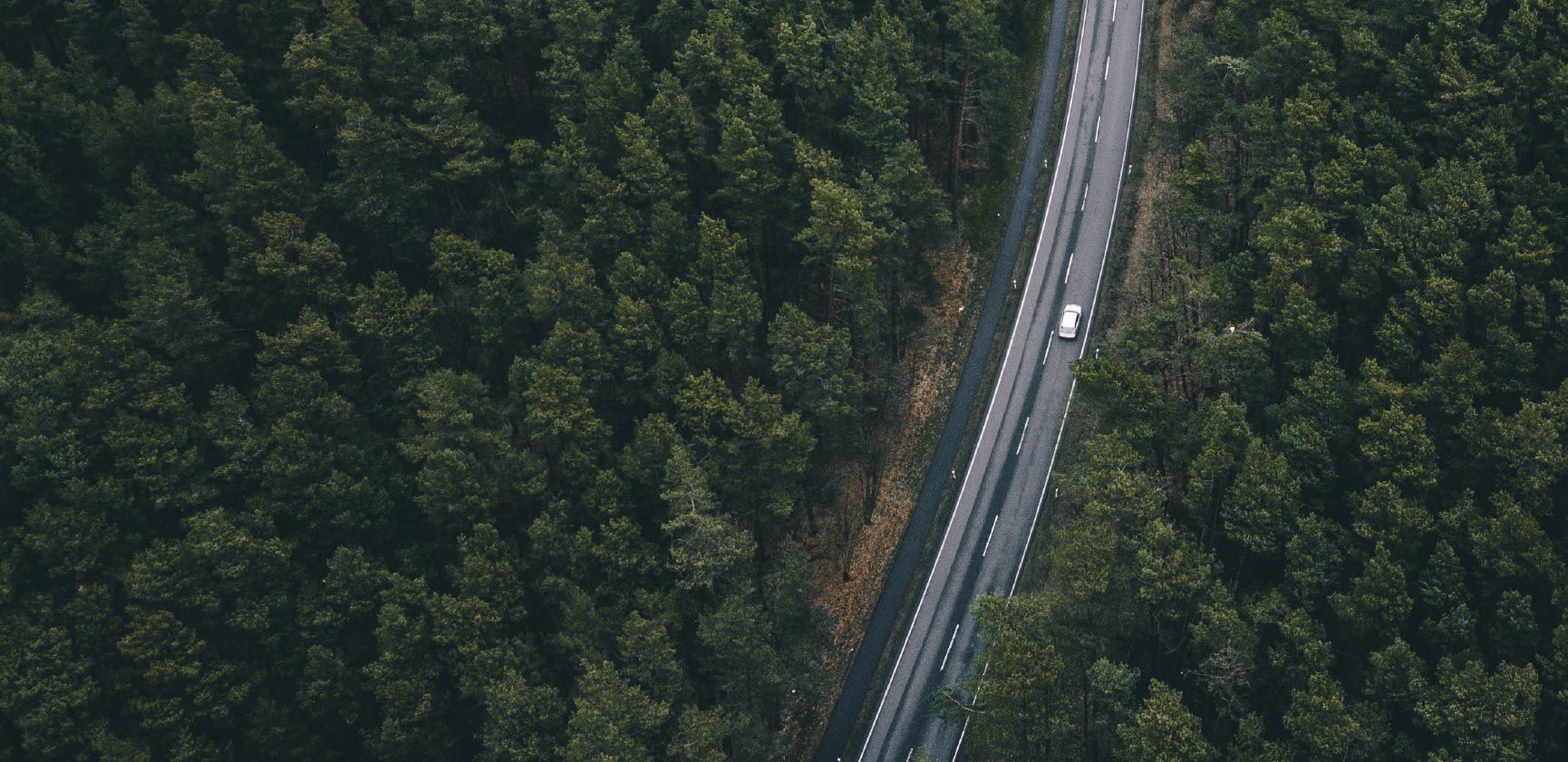How a timber transaction works
Below we describe the different steps in a timber transaction and the requirements you as a forest landowner can set.
1. Contact is made between you and your timber buyer
The first contact is made between you as the forest landowner and your local Vida timber buyer. This often takes place when you see a need for something to be done in your forest, if you have been affected by a storm or if you are thinking of felling.
2. Inventory of your forest property
In almost all cases, a timber transaction starts with us performing an inventory of your property. At this stage, perhaps you already know what you want to be done, or perhaps you want advice and recommendations from your buyer. We go out into the forest together and take a closer look at the area you have decided to fell, or we go around the property together and discuss what needs to be done. This forms a basis for drawing up a contract. If you cannot be present to visit the forest, the buyer can carry out an inventory alone and thereafter create a proposed plan of action to be used as a basis for discussion for a transaction.
If there is already an established forest management plan for the property, the measures which are planned therein are usually helpful in performing the inventory. If there is no forest management plan, the buyer will inform you of the advantages of establishing one.
3. Signing the contract
Based on the inventory, we will initiate a business discussion that hopefully will lead to a contract being established. Together we will agree on the measures to be implemented and how this should take place. Furthermore we agree on prices, a payment plan, the felling period, certification and anything else that may be significant to the transaction. The conditions of contract can also be discussed for the possible removal of forest residues. At this point, forestry actions can also be agreed, but we will limit this description to the actual timber transaction.
4. Registration of the contract
The buyer registers the contract conditions in Vida’s database, including the payment plan that has been agreed. This generates a work description for the contractors involved and a timber order for the carrier. If the action plan involves final felling, the buyer also sends a felling application to the Swedish Forest Agency. The buyer also carefully checks culturally protected areas, historical monuments and key biotopes.
5. On-site planning
Before measures can be carried out the buyer visits your forest a second time. The buyer then plans the activities by marking up boundary lines and storage areas for felled timber, drawing up the haulage road to the felling site and marking up the actual felling area. This is done together with the contractor if necessary. The buyer now has an opportunity to capture additional information about the property that needs to be taken into account and can therefore also adjust the work description, if necessary.
6. Planning the felling
The felling can now be planned in detail. The date and time of felling is determined and the forest landowner is informed. The buyer also then takes the opportunity to check if there are any questions. At the same time, the completed work description is sent with the value cutting instruction to the contractor. The value cutting instruction contains details about how the logs are to be to be cut into timber, sawlogs and pulpwood. If required the buyer can also go through the conditions for felling on-site with the contractor.
7. Felling
Time to fell the forest based on the conditions agreed. Our contractors are experienced and well-trained and take responsibility for the felling and transportation of the timber to the road based on the buyer’s instructions. The contractor maintains ongoing contact with the buyer and also reports on the felled volume per day via the computer. When this reporting takes place, a message is automatically sent to the lorry driver when the first load is ready for transportation.
8. Transportation
The carrier transports each product-range type to one of our sawmills or to the intended recipient of pulpwood based on the transportation order that the computer system has generated.
9. Measuring the timber
When the timber arrives at Vida’s sawmill it is measured. Measuring is performed by VMF, a timber measuring association that is independent of Vida. In most places, the timber is measured in m3 fub (solid under bark). The result of the measuring is sent to SDCs database (a forestry central database). SDC is the the forestry sector’s IT company that issues the measuring report and and pricing calculations that are then sent to the buyer.
10. Payment
When all the timber in the current project has been measured, the contractor sends a final invoice to the buyer. The buyer checks that the different types of wood have been dispatched from the felling site. The buyer puts together a bill for the forest landowner and goes through it with you. Payment then takes place thereafter according to the payment plan that was established.
Are you thinking about selling forest?
Book a personal, professional and of course free meeting for advice today.





